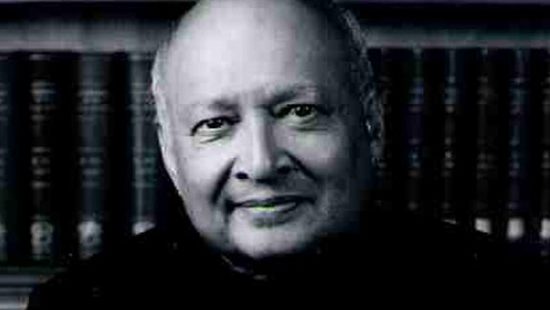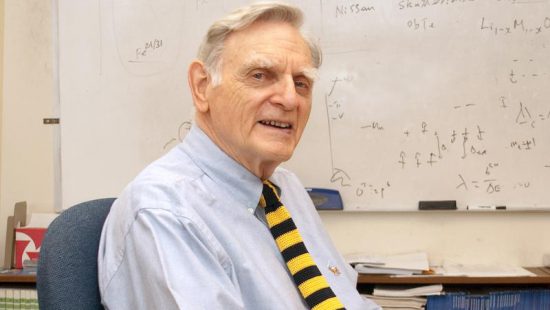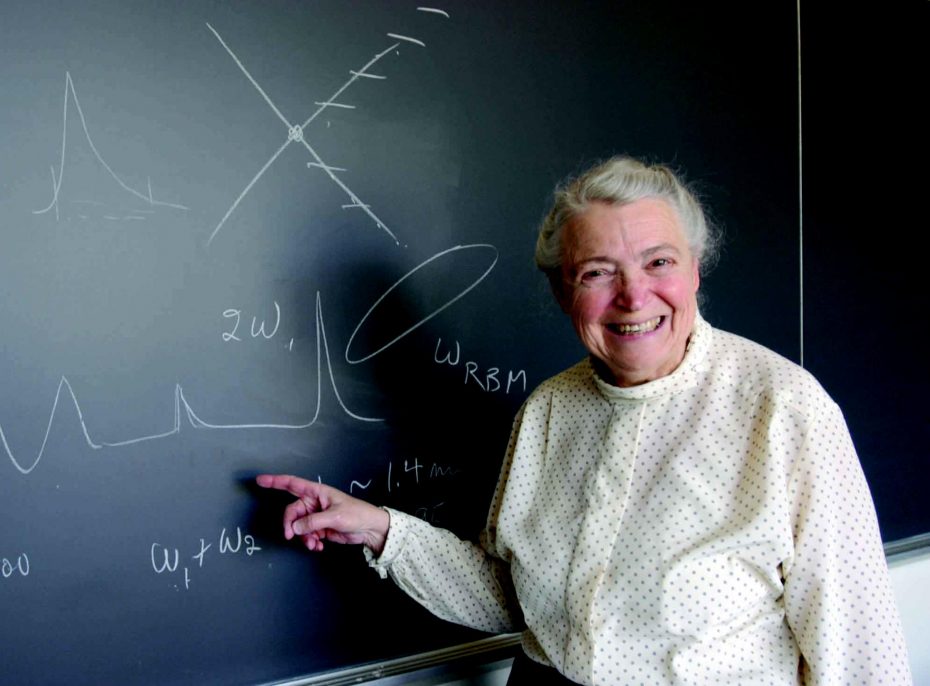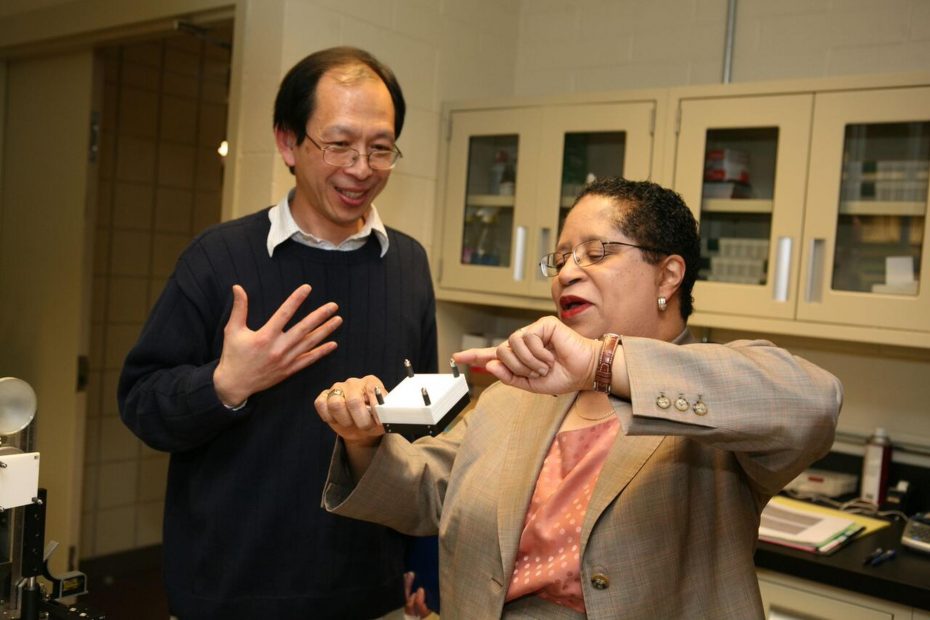During the Russian Revolution, aeronautical engineer Igor Sikorsky fled to America after learning he was on a hit list. In 1919, unable to find a job in aviation, he taught math and science to other Russian immigrants before leveraging his can-do spirit to form his own company, Sikorsky Aero Engineering Corp., several years later.
The firm, located on a friend’s chicken farm in Long Island, created the S-29A, a twin-engine biplane first flown in 1924. By 1939, Sikorsky prepared to give the world something they had never seen before: a large metal bird that could fly up and down or hover.
The VS-300 became the first practical helicopter, earning Sikorsky a contract with the U.S. Army for a vehicle that became the standard for emergency, life-saving field transportation. “If you are in trouble anywhere in the world, an airplane can fly over and drop flowers,” he said, “but a helicopter can land and save your life.”






